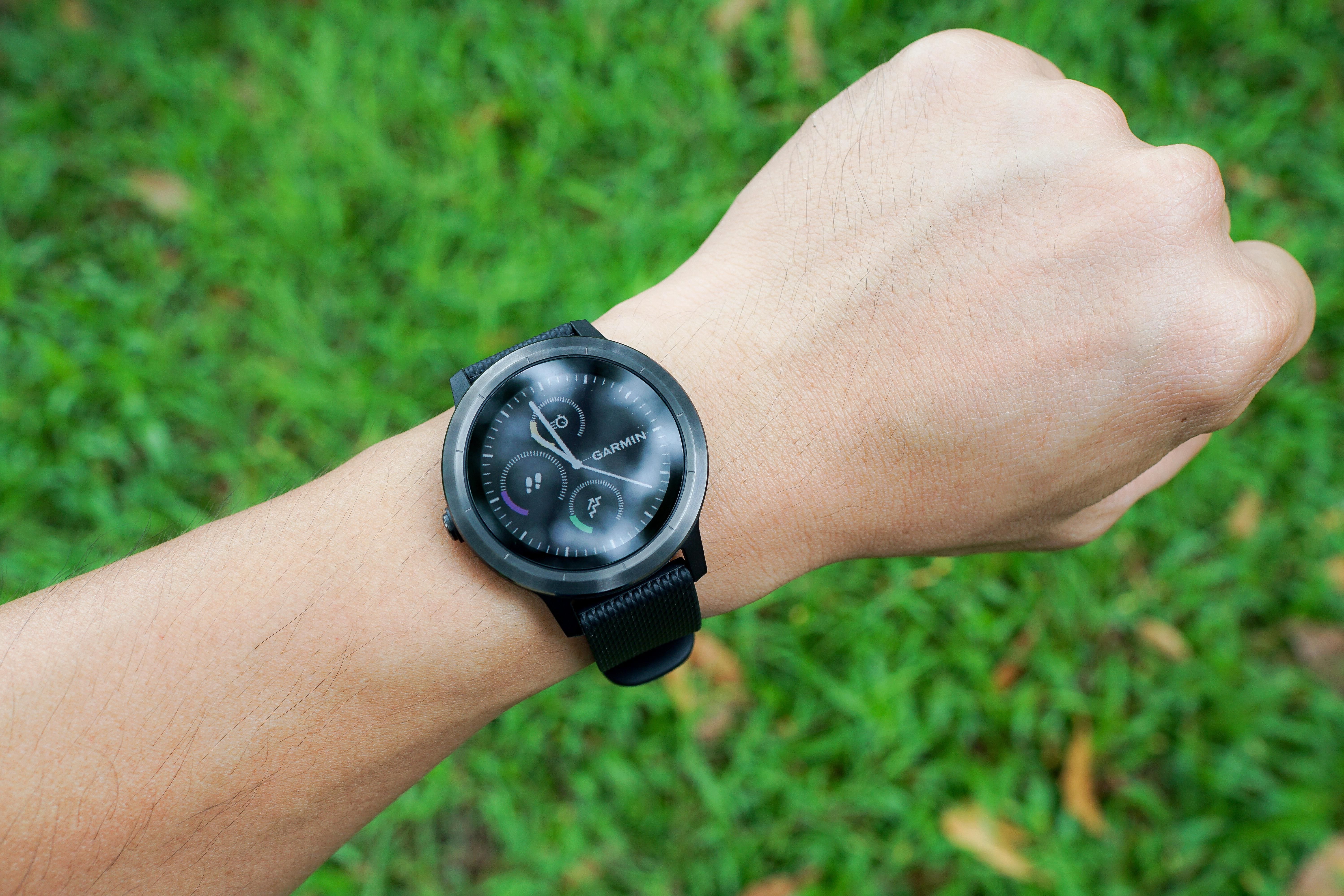
It’s impossible to ignore the impact technology is having on the workplace—from smartphones and wearables to messaging apps and collaboration. Similarly, wellness programs are helping transform how organizations approach employee health and wellness. Employers and managers can use big data, intelligent analytics, and other technologies to support corporate wellness programs and help employees get the right care.
Technology is a powerful tool for helping employees access information, keep track of their spending, and stay healthy. Here’s how technology can boost workplace wellness programs.
1. Monitor Employee Health With Wearable Technologies
Wearable technologies are becoming increasingly popular, with companies like Fitbit offering smartwatches and fitness trackers to monitor activity levels and boost productivity in workplaces. These devices can help identify those who may be at risk of developing health issues.
Employers can track specific information about their employees, including the number of steps taken each day, heart rate, sleep quality, physical activity levels, the number of calories burned, and more. By following these simple tips for using a fitness tracker effectively, you’ll be surprised at how much you are able to gain from your device.
As an employer, you can use information collected via health devices in the following ways:
- You can identify issues that might indicate a larger problem within the company culture (for example, high-stress levels among female employees due to lack of adequate leave policies).
- You can track the amount of time that employees spend exercising and how much time they spend sitting at their desks.
- You can use such information to support healthier habits at work and encourage positive relationships by providing opportunities for employees to incorporate wellness and productivity into their lifestyles, such as meditation workshops, keeping a journal, or using habit tracker apps.
- You can foster a more inclusive culture by designing an incentives program based on individual and collective milestones reached as part of a health goal, such as a running or steps challenge.
Wearable devices are useful tools that can assist you in data collection and analysis, which you can then use to make the necessary changes in the workplace. If you find that employees are not getting enough exercise, try and come up with solutions like offering free or discounted health club memberships, encouraging the use of standing desks, and similar measures.
2. Develop Personalized Wellness Initiatives Based on Health Risk Profiles
A healthy workforce generates positive work outcomes that directly impact profitability, productivity, and employee retention. Smart wellness programs can help promote a healthy round-the-clock status for employees by proactively preventing common medical problems that occur due to an unhealthy lifestyle and job-related stress factors.
AI-based tools such as health apps and conversational chatbots are emerging as some of the most cost-effective solutions to bring about positive changes in this space. With the help of these technologies, it becomes easier for employers to understand and manage risk profiles based on physical, mental, and lifestyle characteristics and design personalized wellness programs suited to individual needs.
Some major categories of health risks include:
- Physical health and lifestyle risks, such as high blood pressure, diabetes, obesity, and smoking habits.
- Mental health risks, including depression and anxiety disorders.
- Workplace safety risks, such as repetitive stress injuries.
If you’re a manager or employer, consider how risk profiles can affect an employee’s ability to maintain their health or their productivity at the workplace. For instance, individuals with pre-existing conditions may need more personalized care programs than those with general health issues. The following are a few examples of personalized wellness programs that can help employees.
Employee health portals
You can ask employees to use such healthcare apps to receive advice and support on how to improve their health through lifestyle changes with customized nutrition, dieting, and exercise plans.
Telemedicine apps
Employees can use telemedicine apps to schedule doctor appointments from their smartphones. This allows them to easily ask questions about their health concerns and receive answers from licensed physicians within minutes. They can even use virtual doctor apps to monitor and manage their symptoms and access a library of medical resources about various medical conditions.
Virtual fitness classes
Virtual fitness classes allow your employees to participate in group exercise sessions and teach valuable fitness skills.
Virtual Therapy sessions
You can improve healthcare with VR by promoting behavioral health strategies that help employees manage stress, anxiety, and depression symptoms using virtual therapy apps. This can provide a customized experience based on their needs and goals, which can range from managing symptoms of a particular condition to improving overall mental health and well-being.
According to surveys by McKinsey & Company, employers could increase job satisfaction for their employees by providing support for their well-being, including mental health resources.
3. Measure Impact of Workplace Health Programs With Analytics
Through the use of analytics, organizations can gain a deeper understanding of how their workers feel about their work environment and how it impacts their productivity.
Employers can use data analytics to assess the effectiveness of their wellness programs by measuring the current health of their workforce and identifying specific health needs of employees. These insights could help improve employer offerings and design targeted initiatives or build wellness programs that specifically address their employees’ key health issues.
These are some scenarios in which data analytics can prove to be useful:
- You can collect employee health as well as performance data over time to identify trends and patterns that may help to understand what motivates them.
- It can help analyze employee feedback about their needs and goals, and what they’d like to see in the future as far as their health is concerned.
- Analytics can help organizations measure the impact of their wellness programs by providing information regarding employee satisfaction, productivity, and turnover.
- You can get detailed insights into underlying medical conditions and customize offerings accordingly for every employee.
4. Conduct Improved Health Assessments With Risk and Safety Resources
Technology has the potential to help in better health risk assessments at the workplace by providing a wealth of information that can be used by employers, employees, and safety professionals. Compiling health risk assessments and creating a wellness program is a good way to ensure your employees are informed and keep up with safety and health measures at work.
One of the many ways in which an organization can conduct a health risk or wellness assessment is through online employee questionnaires and surveys—such as this one from the Canadian Centre for Occupational Health and Safety (CCOHS). These types of surveys collect information from employees about their workplace environment, health habits, and lifestyle practices.
Further, the OHS Answers app, developed by the CCOHS, allows employers and employees to access information about several aspects of occupational safety. The app can be helpful in a number of situations:
- Employers can ensure compliance with occupational health and safety regulations.
- It is easier to access information on potential hazards in their industry or region.
- The app can help employers know more about health and safety procedures that need to be followed at work.
- Employees can identify any potential health risks or injuries, which they can then share with their employers.
The app features a library of resources about workplace hazards and risks, as well as information about how to prevent them. It also includes a section about various health safety programs, employee assistance programs, OHS regulations, and wellness practices. And employers can use it to make informed assessments about health and safety risks.
Download: OHS Answers for Android | iOS (Free)
Technology Is Redefining Workplace Wellness Programs
Workplace wellness programs can be costly and complicated to implement. As digital technologies become more commonplace, however, it only makes sense that you would use them as accessible tools for improving employee wellness practices.
Technology can play an important role in helping employees improve their health and well-being. With smartphones and wearable devices that monitor activity levels, sleeping habits, and other factors, employees will be able to track changes in their health and adjust behaviors accordingly. All of this requires building a culture that fosters change and positive habits, but technology can help automate, expedite, and improve the process.

